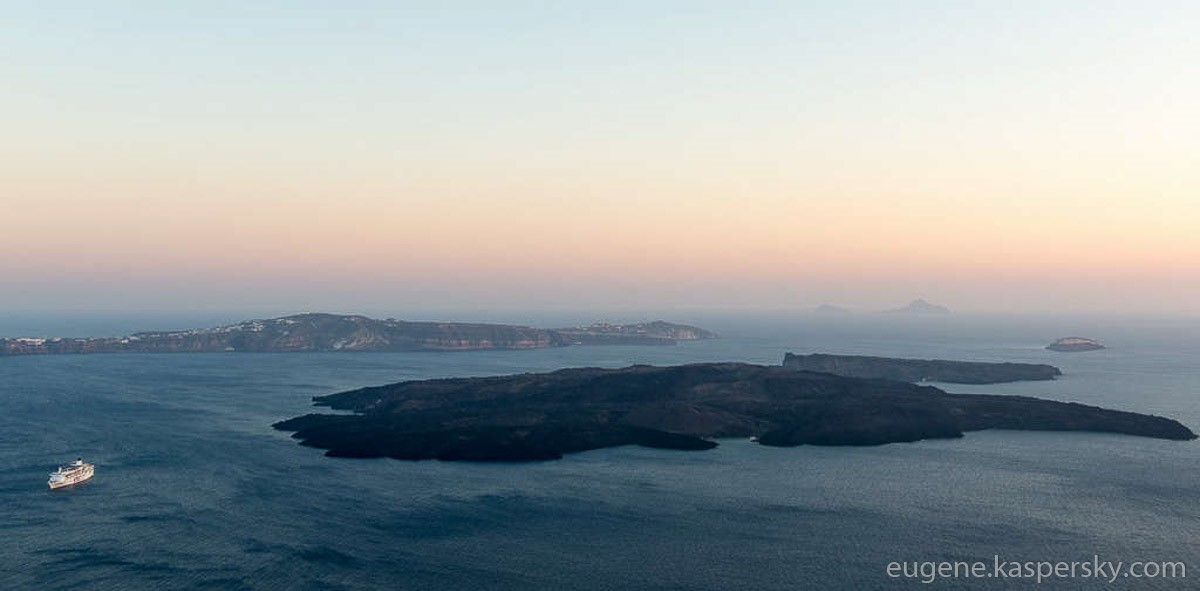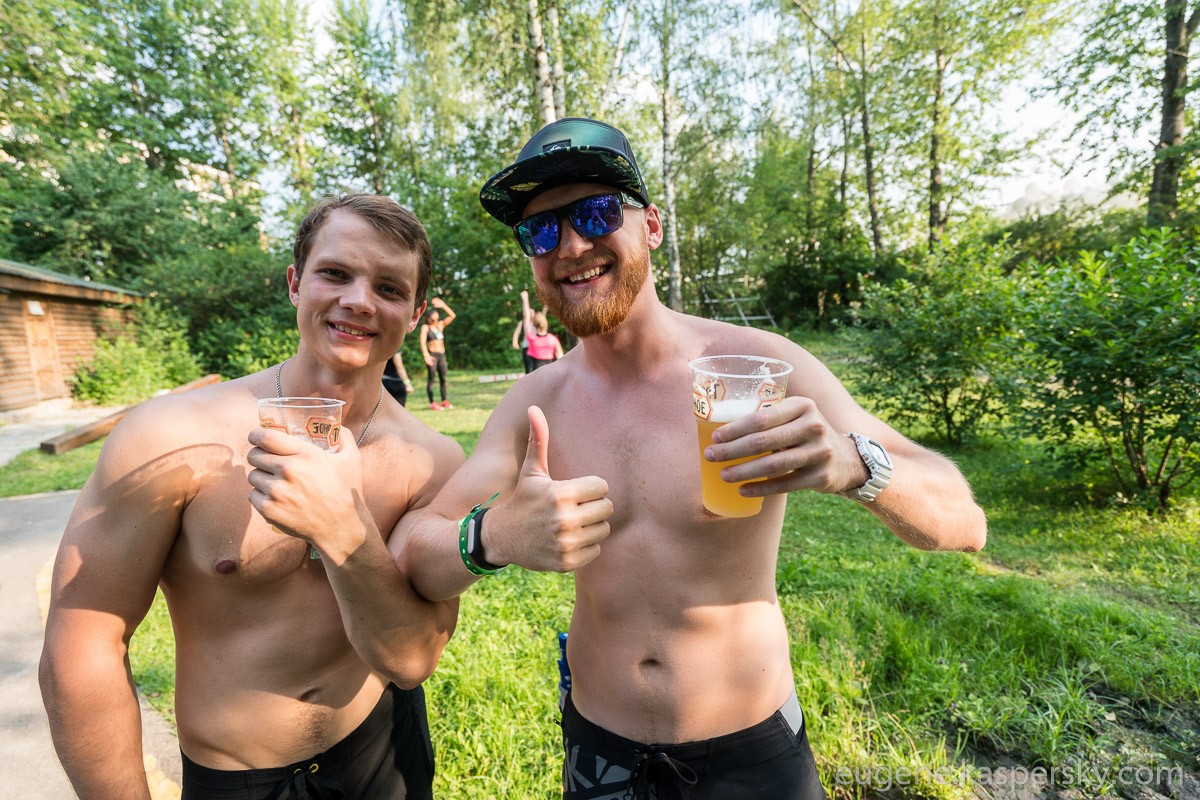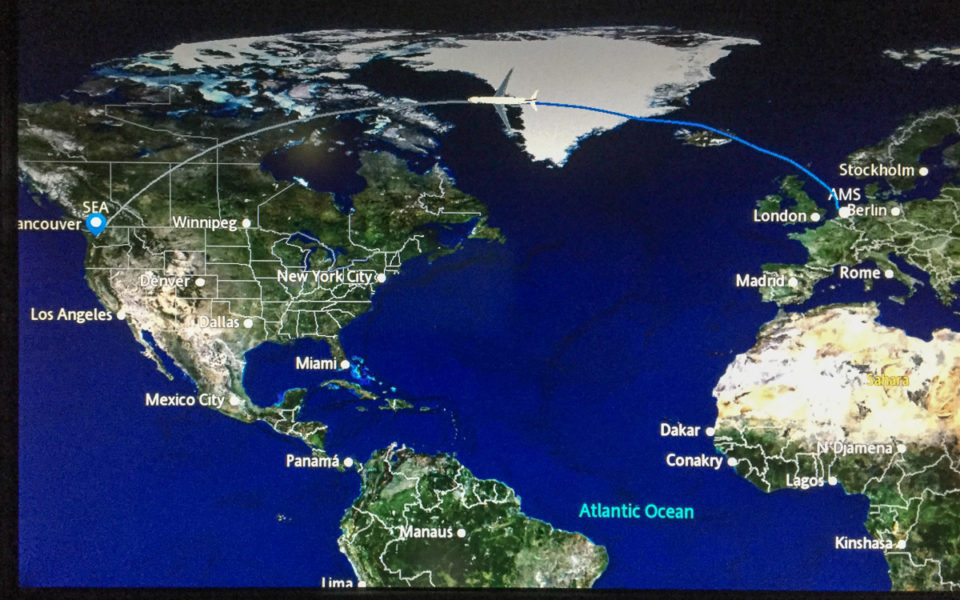Recent extreme water-sports up in (surprisingly) sunny Greenland got me thinking. Maybe I could try and reach into the recesses of my memory to come up with accounts of my most unusual, interesting and enjoyable swims I’ve had around the world – a ‘Top World-Swims’, if you like. For swimming – or mere bathing, or just plain getting into bodies of water besides those in a hotel room bathtub – I’ve done rather a lot of, in all sorts of far-flung weird-and-wonderful locations…
Taking dips: it’s an interesting topic – especially now during the summer season of R&R, beaching & resorting, and the attendant water-based activities is upon us. For maybe some of you are near pools, lakes, seas or oceans right now and may be in danger of missing the very best spots – as attested to by Yours Truly. So, without more of a do, let’s get these aquatics started.
All righty. The plan here is as follows: I’ll be telling you only about swimming/bathing in natural water bodies. Mega swimming pools, aqua parks, spas and so on won’t be included. Here it’s all about the most unusual organic bathing experiences. I’ll work across the globe from left to right, top to bottom: Americas, Europe, Africa, Asia, Australasia. I’ll be missing out Antarctica as I didn’t manage to get any bathing in down there, if you can believe it :).
Oh, and btw: If anyone can see any glaring gaps to my global natural-aqua-must-swims, please don’t be shy; let us all know about them in the comments. I for one would be most grateful…
Ok. Let’s go. North America…
I’ve been to Alaska, but much like on Antarctica, I had things other than bathing on my mind. Therefore, I’ll jump straight over to Greenland, which is still technically North America…
1. Bobbing up and down among chunks of Greenlandic ice.
To swim bathe float in a Michelin-Man costume in among big chunks of floating ice and icebergs, to touch them, or even clamber up onto them, is an unforgettable experience. There’s nothing to fear: those brightly colored costumes are dry and comfortable. Only your hands get to feel the water – but even then only a bit: just a little water gets inside the mitts.
Read on: glaciers, caves and dolphins …



































